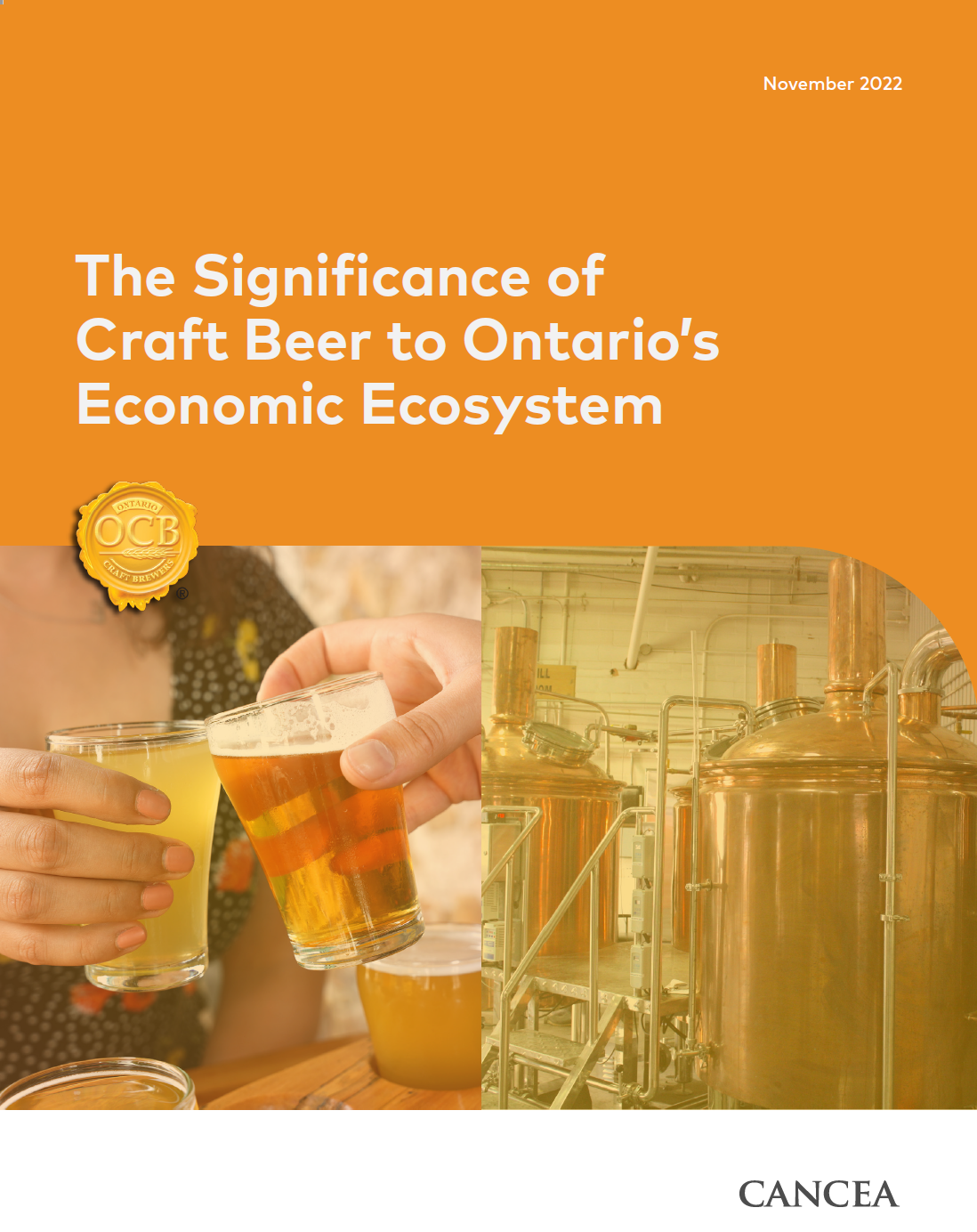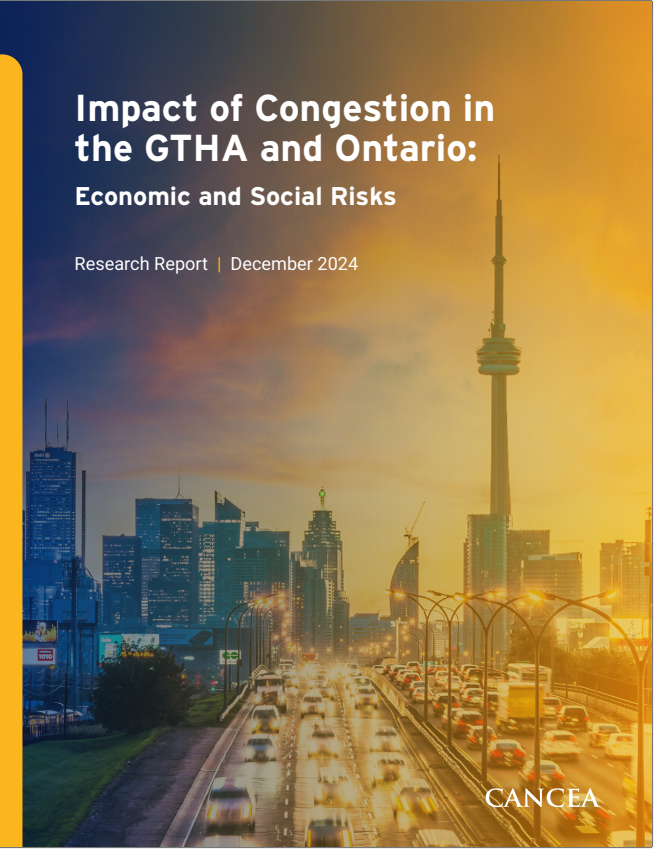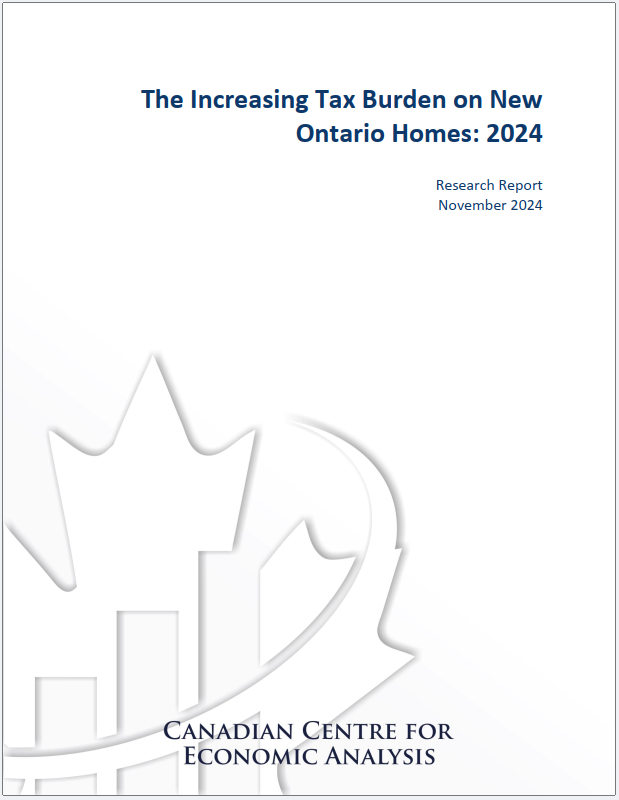Working with the team at CANCEA was a real pleasure for the OCB. We felt they were as committed to the project as we were, and the depth of the knowledge, resources and data they have access to was very evident as the project unfolded. Their economic impact research and analysis was high quality and well presented.” Scott Simmons, President, Ontario Craft Brewers Association.
Economic Impact
Craft brewing is the fastest growing segment of the Ontario manufacturing sector, and becoming an increasingly important component of the provincial economy. Bricks-and-mortar craft breweries are in the communities of over 90% of Ontarians, who on average consume over 10L of craft beer annually (among those who drink). There are 414 businesses in the Ontario craft beer industry, of which 339 are locally established brick-and-mortar craft brewers, with 77% of them outside the GTA.
There are 4.5 times as many companies producing craft beer in Ontario in 2022 as there were 10 years ago in 2012. Bricks-and-mortar craft breweries employ 14 people on average and have invested more than $500 million in Ontario in the past decade.
Ontario craft breweries generate $683 million of economic activity annually. More than 11,000 people are employed as part of this activity, and 31,000 Ontarians live in a household supported by the industry. The economic activity supported by craft brewers, through their purchases of goods and services from farms and other suppliers (e.g. packaging, logistics) amounts to more than $450 million annually. Of the total economic activity, $140 million of it annually occurs in rural communities.
More than 5 million people visit Ontario craft breweries annually, of which over 1.8 million are tourist visits. These tourists, who generally spend at least 10% more on average than tourists who do not visit a craft brewery, generate $210 million of economic activity annually. This is made possible because of the localization of ‘bricks-and-mortar’ breweries across the province.
Ontario Regulatory Environment and Market Access
While the number of craft breweries increased during the pandemic, the industry faces rapidly increasing supply chain costs and competitive challenges. These are related to the regulatory environment and market access.
Taxation. Ontario craft breweries have incurred a 35 % greater increase in Ontario’s beer basic tax rate when compared to internationally-owned brewing companies since 2010. This limits craft brewers’ ability to invest in their breweries, employees, and communities.
Breweryless Producers. Ontario is home to a growing number of breweryless producers. These companies, which rely on contract brewing arrangements with co-packers, do not make the same investments in the province’s economy and communities as ‘bricks-and-mortar’ craft breweries. Breweryless producers do not contribute to tourism or local communities. They enjoy the same tax benefits and market access as ‘bricks-and-mortar’ craft breweries but contribute four times less as much per employee to the province’s economy. If breweryless producers were to replace bricks-and-mortar breweries, 57% of craft brewing jobs and $200 million in tourism-related economic activity would be at risk.
Market Access. Ontario’s beer retailing and distribution channels are controlled by large companies and government agencies. Their practices privilege internationally-owned brewing companies at the expense of local craft breweries. This restricts consumer choice and limits the ability of Ontarians to buy locally-made beer.
The current regulatory environment limits the competitiveness of Ontario craft breweries, as well as their ability to operate at full capacity, innovate, and realize a return on investment.
Growth Potential
Ontario craft beer production per capita is low when compared to the United States. Ontario produces 62% less craft beer per capita than neighbouring states (e.g. New York, Michigan), and would rank 33rd in per capita production among all 50 states. This suggests that there is a latent demand for local craft beer in Ontario. A modernized regulatory system and better market access would help Ontario craft breweries grow and satisfy this demand. Over the next 10 years, this growth could result in an additional:
- $2.35 billion in economic activity;
- 1,000 jobs in craft brewing and related industries;
- $380 million in capital investment.
Considerations
The dominance of internationally-owned brewing companies and the emergence of breweryless producers create challenges to further growth, competitiveness and sustainability of Ontario bricks-and-mortar craft brewers.
The Government of Ontario should consider the potential economic benefits of modernizing the regulatory framework governing craft brewing and beer retailing. This should be done so as not to privilege internationally-owned brewing companies and breweryless producers at the expense of locally-owned ‘bricks-and-mortar’ craft breweries and Ontario beer consumers.
Download report: The Significance of Craft Beer to Ontarios Economic Ecosystem 2022











